Easy to order great service great product equals very happy customer
Mastering the Art of Drying Cannabis: Techniques, Tips, and Best Practices

The Art of Drying Cannabis: Techniques and Best Practices
Drying cannabis is a critical step in the post-harvest process that significantly impacts the final quality of your crop. Proper drying techniques not only preserve the potency, flavor, and aroma of your cannabis but also prevent mold and mildew formation. In this informative blog, we will guide you through the art of drying cannabis, covering essential techniques, tips, and best practices to help you achieve outstanding results. Whether you're a novice grower or an experienced cultivator, this guide will enhance your understanding of cannabis drying and empower you to maximize the potential of your harvest.
1. Understanding the Ideal Drying Environment
Creating the ideal drying environment is crucial for successful cannabis drying. Consider the following factors:
- Temperature: Maintain a temperature range of 60-70°F (15-21°C) to promote gradual drying without risking mold growth or excessive moisture loss.
- Humidity: Aim for a relative humidity (RH) level of 45-55% during the drying process to prevent mold and mildew. Use hygrometers or humidity packs to monitor and regulate humidity levels.
- Air Circulation: Ensure good airflow within the drying space to promote even drying and prevent the formation of stagnant, humid areas.
2. Harvest Timing and Trimming
Harvesting at the right time is crucial for optimal drying. Wait until the majority of the trichomes have turned cloudy or amber, indicating peak cannabinoid production. Once harvested, trim excess fan leaves and larger sugar leaves to improve airflow and facilitate even drying. However, leaving smaller sugar leaves intact can help preserve valuable trichomes and enhance the overall visual appeal of the dried buds.
3. Drying Methods
There are several drying methods to choose from, each with its advantages and considerations:
- Hang Drying: The most common method involves suspending trimmed branches upside down in a dark, well-ventilated space. Use strings, hooks, or drying racks to hang the branches, ensuring they do not touch each other. Monitor the drying process regularly to determine when the buds have reached the desired level of dryness.
- Rack Drying: Another option is using drying racks or screens to lay the trimmed buds flat. This method allows for increased airflow and is suitable for smaller harvests or limited drying spaces.
- Dry Boxes or Cabinets: These controlled-environment options offer precise control over temperature, humidity, and airflow. Dry boxes or cabinets are particularly useful in regions with high humidity or when drying smaller batches.
4. Patience and Monitoring
During the drying process, patience is key. Avoid rushing the process to preserve the flavor and potency of your cannabis. Monitor the drying environment regularly, checking temperature, humidity, and airflow. Assess the moisture content of the buds by gently bending the stems. When the branches snap instead of bending, and the smaller stems break cleanly, it's an indication that the buds are properly dried and ready for the next stage of curing.
5. Curing for Enhanced Flavor and Potency
After drying, curing your cannabis further enhances its flavor, smoothness, and potency. Place the dried buds in airtight containers made of glass or other non-reactive materials. Open the containers periodically to release excess moisture and replenish fresh air, gradually extending the intervals between openings over time. Aim for a curing period of at least two weeks to allow the buds to develop their full potential.
Mastering the art of drying cannabis is essential for preserving its potency, flavor, and overall quality. By understanding the ideal drying environment, employing proper harvesting and trimming techniques, selecting the right drying method, exercising patience, and embracing the curing process, you can unlock the full potential of your cannabis harvest. Elevate your cannabis experience by implementing these techniques and enjoy the rewards of carefully dried and cured buds.
No comments







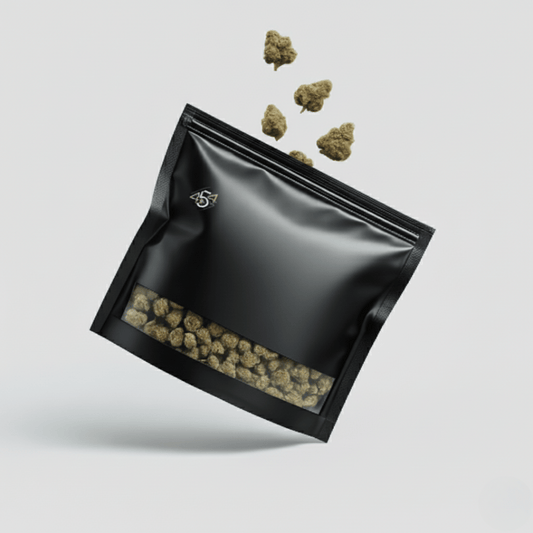

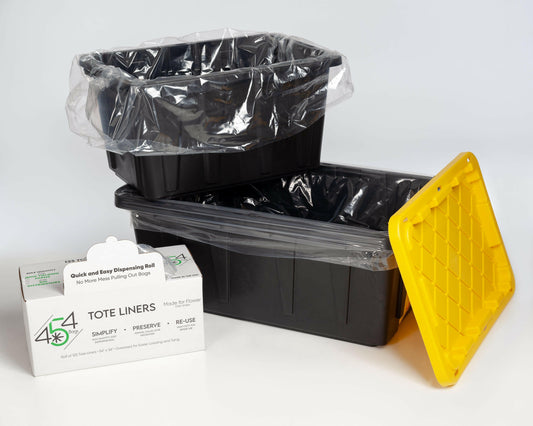
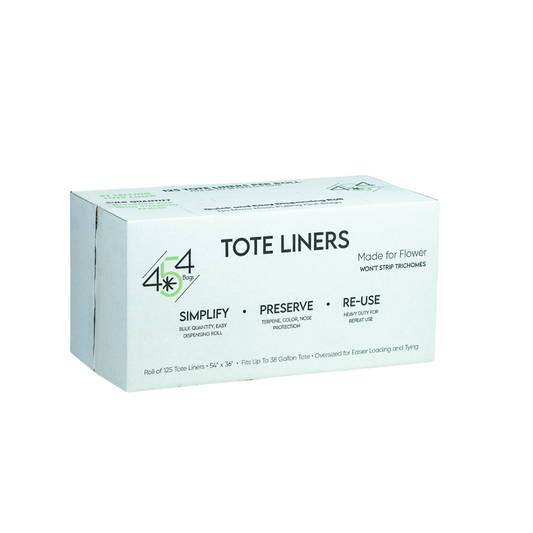
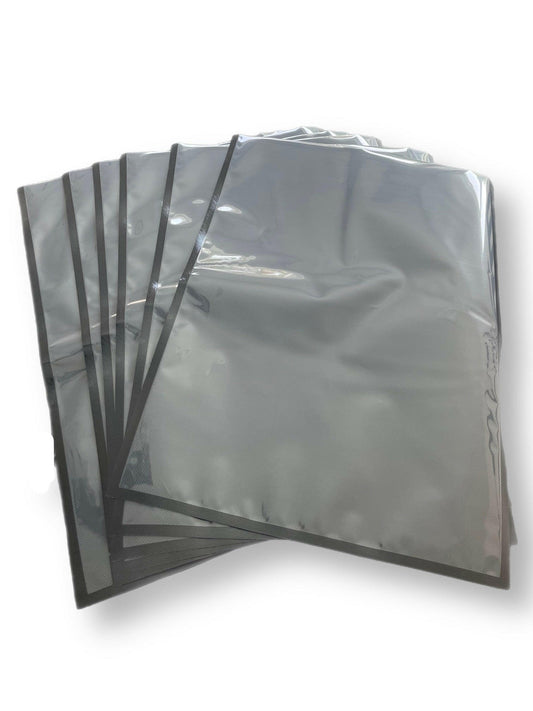
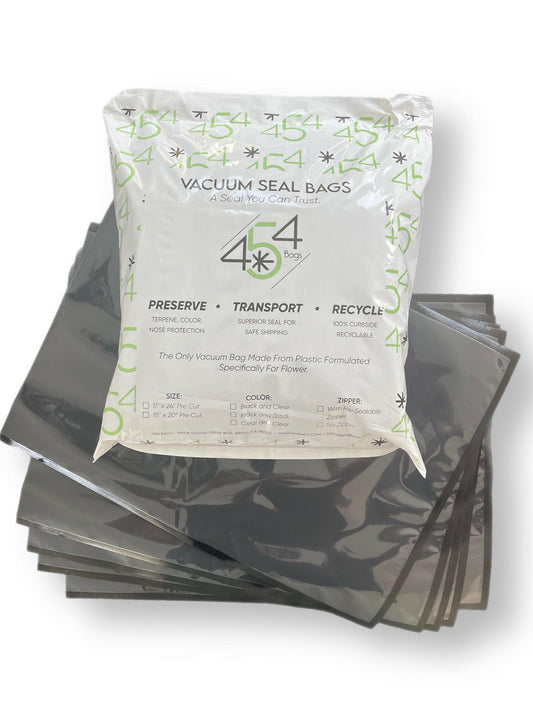
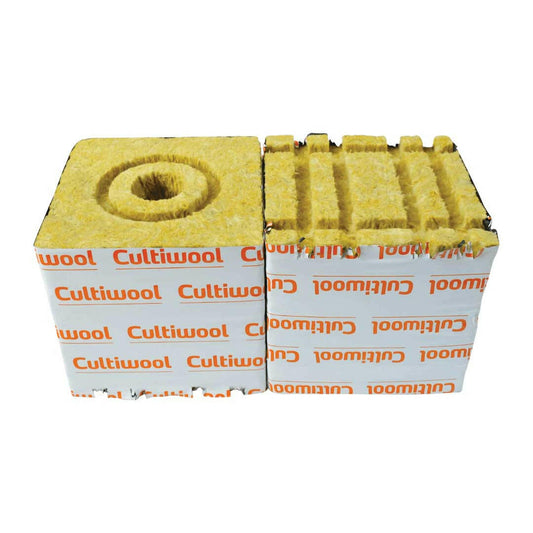


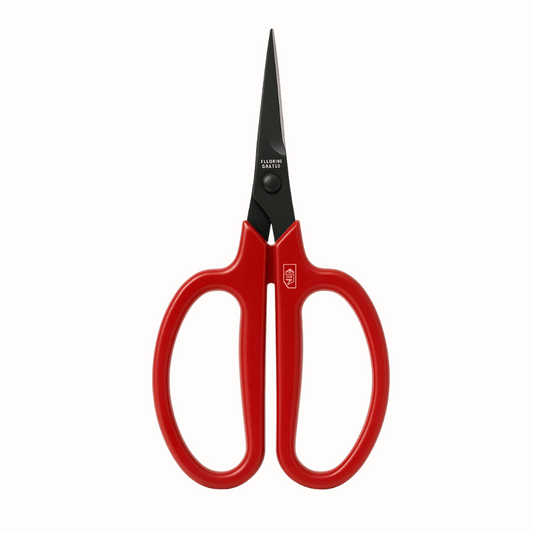

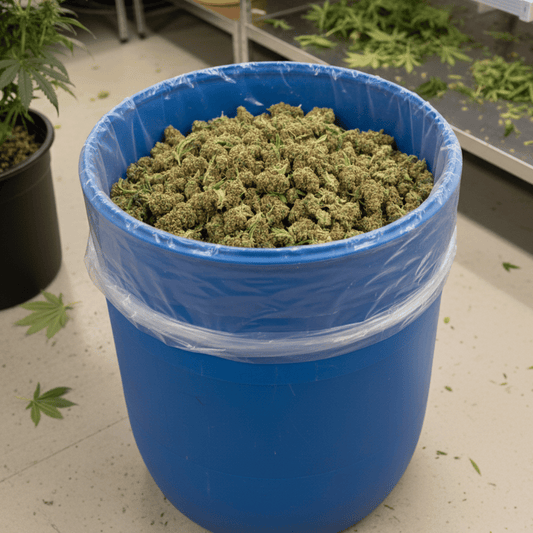
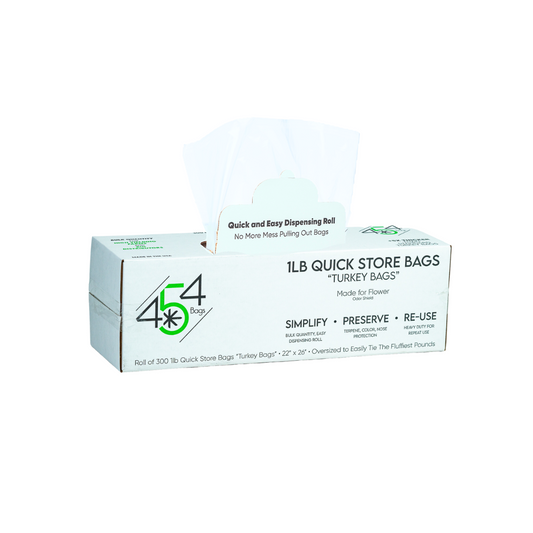


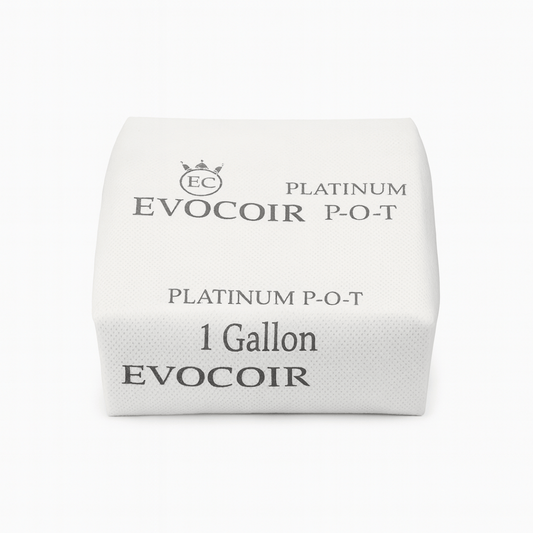


0 comments